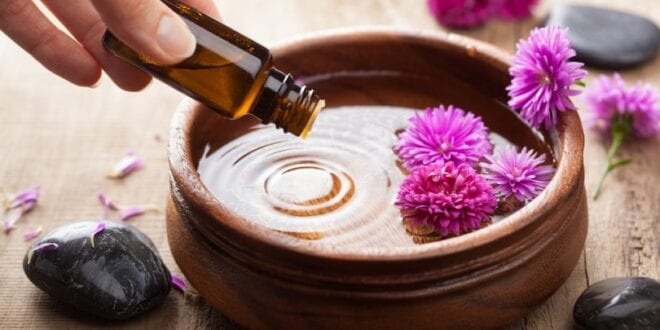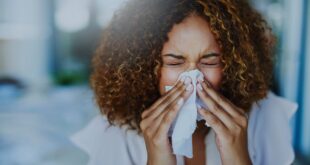Aromatherapy is a type of alternative therapy that is practiced based on odors. Since ancient times, our ancestors have used essential oils extracted from plants to treat various diseases, except for the essential oil of Palo Santo that is extracted from Palo Santo trees or branches that have died naturally in the forest.
The process of obtaining essential oils is through the distillation of the whole plant or part of the plant, including seeds. It is considered that there may be approximately 40,000 species of plants that are useful to be able to extract their essential oil and use it within aromatherapy. Each essential oil and each plant has different properties that at the same time do not provide benefits to our body. It is very important to know the properties that essential oils give us and the proper way to use them for our benefit.
What is the difference between the essence of the plant and the essential oil?
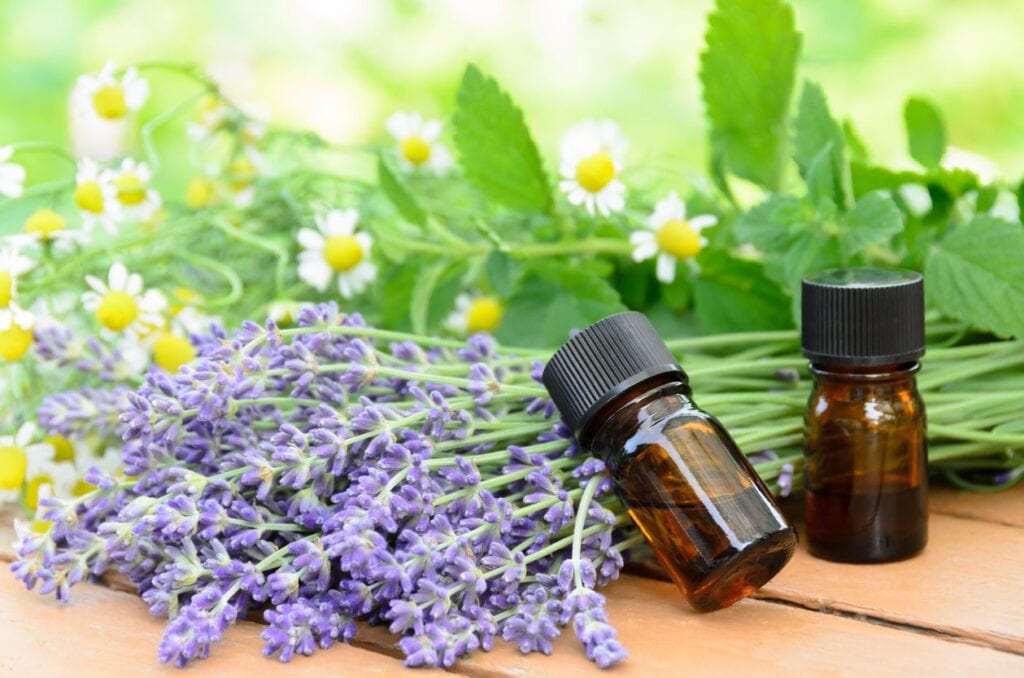
Aromatic plants have the distinction of synthesizing an aromatic essence in their vegetative system.
When this concentrate of aromatic molecules is extracted from the plant by the cold expression, this is called essence. This is the case of citrus.
When the plant extract is obtained by distillation, we are talking about essential oil. The essence of the plant is distilled at low pressure and at low temperature to maintain all its intrinsic properties, known to act on our emotions or our behavior.
Things you should know about essential oils
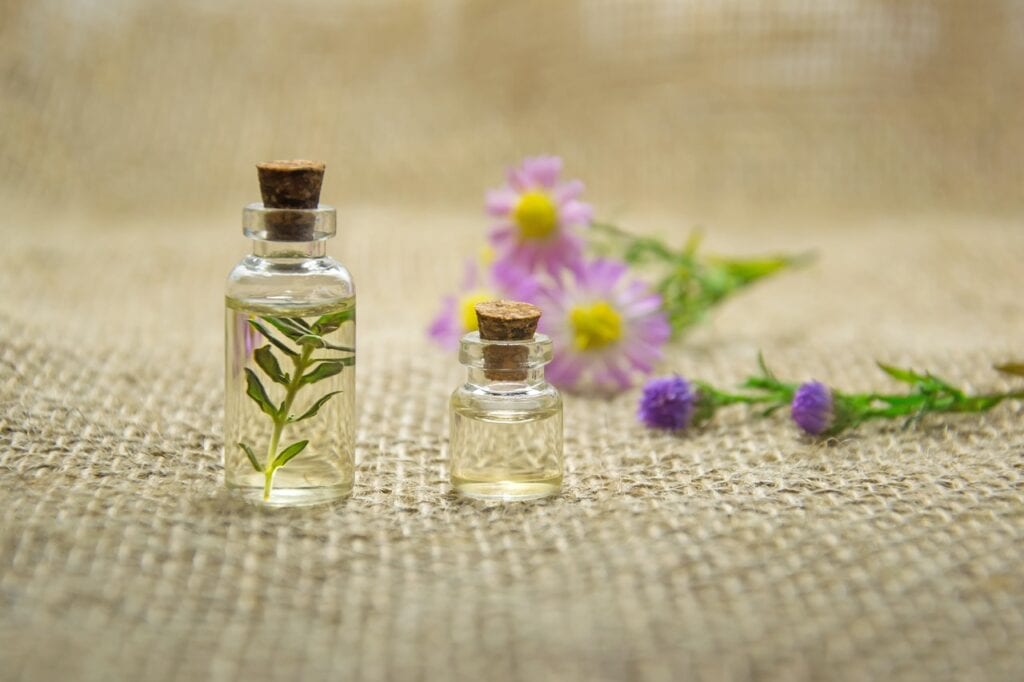
Initially, essential oils were used as a raw material for perfumes or as active ingredients in drugs. Today, they are more widely used on multiple occasions, for home, beauty, cooking in the field of wellness or health…
Essential oil is a concentrate of plant active ingredients in liquid form (not that it does not contain any fatty substance, despite the name it bears), which was extracted from the essences contained in a plant.
The essential oil can be extracted from different parts of a plant: leaves, flowers, seeds, berries, bark, wood, as is the case with the essential oil of palo santo which is extracted from the Palosanto trees that have died of naturally and have had a minimum rest of 2 to 4 years in the forest, this is the only way to take advantage of its properties and benefits for our body.
Essential oils can have a very different appearance, color, or consistency. They contain active ingredients with various properties (antiviral, antiseptic, relaxing, anti-infective, curative …) very effective in the treatment of human beings. For more information about Palo Santo Oil visit >> EcuadorianHands
The essential oil extracts are obtained by different techniques: By steam distillation, by solvent extraction, by cold pressure (we press the part of the plant in question and recover the essences. We will speak in the case of cold pressure of essence and not of essential oil).
How are essential oils used?

To fulfill its function, essential oils must be in contact with the body and transported to the areas to be treated by the blood circulation. Most of the time, a few drops of essential oil are sufficient and are used:
Dermally: a few drops of essential oil are applied directly, either pure or diluted in vegetable oil (avocado, almond, etc.), by massage, compressor a few drops are poured in the bath.
By olfactory route: inhalation clears and heals the respiratory tract and acts quickly on the nervous system. You can also use a diffuser to breathe essential oils, clean and perfume the atmosphere of a room. You can use essential oil alone or mix it with different essences.
Asthmatics should be careful with the use of essential oils, especially in case of crisis.
These are some of the best essential oils to spread:
To purify: Palo Santo, lemon, rosemary.
To clean the respiratory tract: Palo Santo, thyme, lavender, eucalyptus To calm: orange, marjoram, lavender, Palo Santo
To protect yourself from insects: Palo Santo (mosquitoes), geranium (flies and wasps).
As for taking medicine, we will use an essential oil at a time adapted according to its virtues. A tonic essential oil will be used, for example, in the morning, while a relaxing and relaxing essential oil at night.
Precautions for using an essential oil:
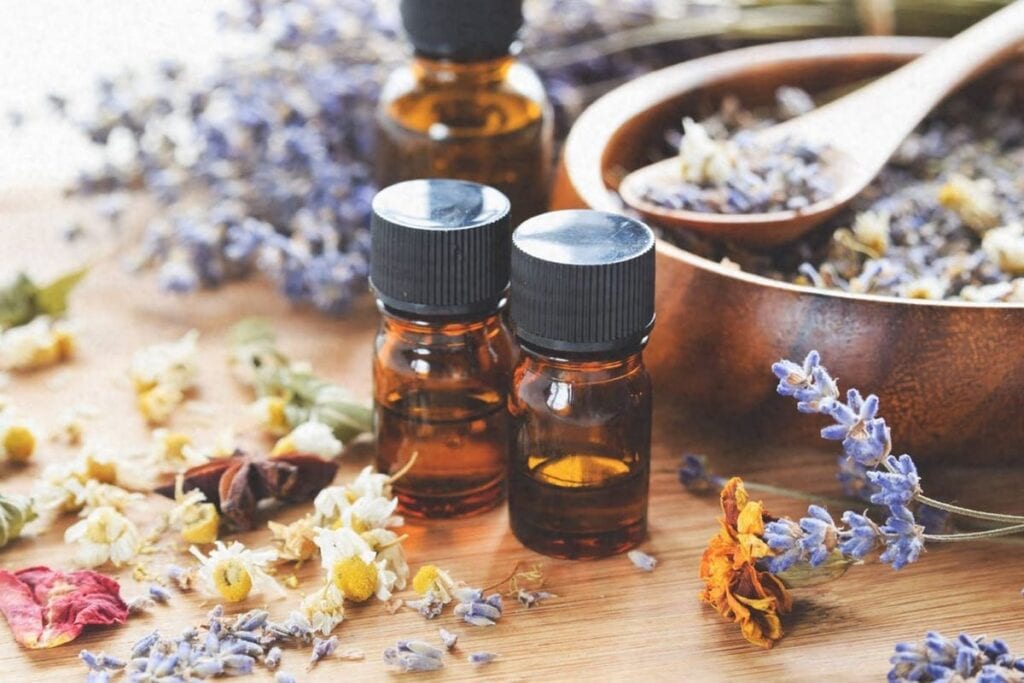
Buy only 100% natural essential oils.
Choose an essential oil packaged only in a dark container bottle to protect the contents from light.
Do not leave essential oil bottles accessible to children or animals. Store essential oil bottles in a dry place, away from heat and light.
Consult and seek the advice of your doctor or pharmacist for any treatment with essential oils and more particularly for children, pregnant women, people with cancer or frail and in case of sun exposure.
As a recommendation, before using an essential oil on our body, the ideal would be to perform a tolerance test. For this purpose, dilute 1 or 2 drops of the essential oil you want to use in vegetable oil. Gently apply the solution obtained to the elbow crease or to the inside of the wrist. Wash your hands well after application. Wait a few hours (at least 4 hours) and if you don’t notice any local reaction (redness, irritation, burning, etc.) during this time, you can use the essential oil without risk.
Essential oils to fight illnesses like the Flu cough and allergies

Fever, cough, body aches, headache … Has the flu invaded you and are you looking to get rid of these symptoms? Influenza is a highly contagious viral respiratory infection. It is transmitted by contact with the virus carriers, either by hands or by saliva. After contamination, the flu begins within 48 hours. The patient is contagious over a period of approximately 6 days. Most symptoms disappear after one to two weeks.
Against the flu symptoms (fever, fatigue, headache, cough or sneeze…) essential oils have many benefits. The important thing is to act as soon as possible, as soon as symptoms appear. Priority should be given to essential oils with antiviral, analgesic, anti-inflammatory, expectorant, and immunostimulatory properties. They will accelerate healing by improving respiratory comfort.
6 essential oils to treat the flu
- Lignum vitae
- Ravintsara
- The eucalyptus ripped
- Noble laurel
- Niaouli
- Lemon
 Imagup General Magazine 2024
Imagup General Magazine 2024
